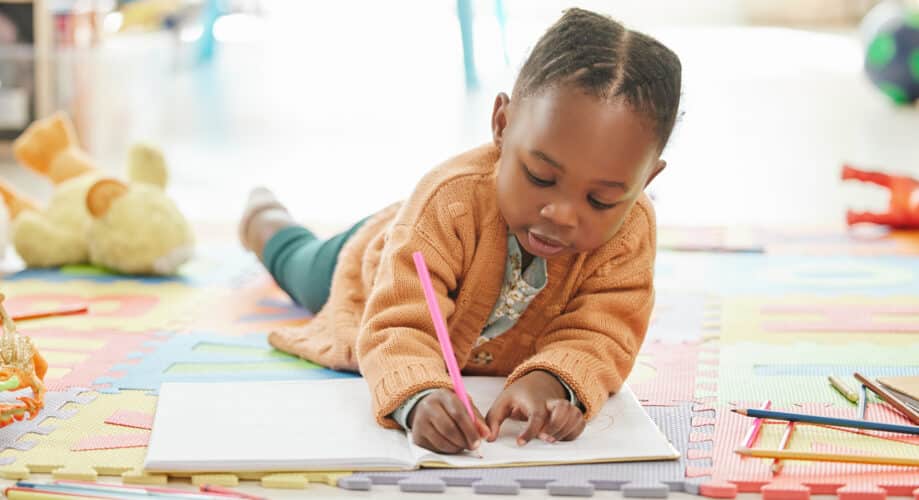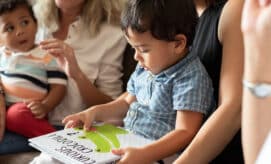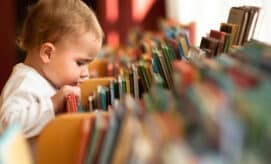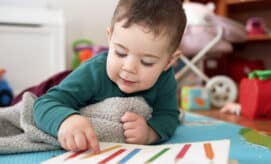Journaling is a creative activity that invites children to use their imagination, express their thoughts on paper, and practice important foundational literacy skills. There are many ways to incorporate journaling into an early learning curriculum, from writing and process art to drawing and scribbling. In this article, we explore journaling in early learning programs, including its learning benefits, ideas for getting started, and some tips for success.
What Does Journaling Look Like with Young Children?
Journaling with young learners can take a variety of forms. It might be a nature journal in which children regularly document their observations of wildlife in outdoor spaces, or a story journal where children write or draw fun memories from their day at school. Each child is given a journal notebook, in which that child’s thoughts and observations can be recorded, either in writing, or as drawings or other forms of artistic expression. Children are able to go to their personal journal on a regular basis, to add ideas or record new observations.
For young children, a journal entry might include scribbles and symbols to represent words, or a combination of drawings and letters or letter-like pencil marks. Children might ask their adult caregivers to help them “write” a word or the first letter of a word in their journal.
An article from Edutopia provides examples: “Our students’ level of readiness for journaling, particularly at the preschool level, may include simple scribbles and drawings or just a drawing. Some children may add a nondirectional wavy line or symbols for writing. Writings might appear as separate marks or letters. Other students may use inventive spelling, with a few pairings of letters, words, or even sentences. Regardless of its appearance, it’s important to understand that each child is sharing their own message.”
The Benefits of Journaling with Young Children
In early childhood, journaling supports social-emotional development, foundational fine-motor and writing skills, and familiarity with the use of words and pictures to tell a story.
Working with pen and paper, along with other art supplies, builds fine motor skills in the hands and fingers that help to prepare little ones for more precise pencil-holding and letter-writing. These skills will be important as children prepare for kindergarten.
Creative activities such as drawing and writing offer unique outlets for self-expression. These kinds of creative activities, by offering children a tool for processing feelings and reducing anxiety, can promote a calm classroom environment.
Journaling encourages children to reflect on past events and experiences. Each journal entry gives children practice translating their thoughts and interests into words and pictures.
Types of Journals for Early Learning Classrooms
The kind of journaling that you introduce to your classroom will depend on the age(s) of the children in your care, as well as their interests. Younger children, such as toddlers and young preschoolers, will do better with open-ended journals that focus on drawing, scribbling, and other expressive arts, while older children, such as preschoolers and children in pre-k, will benefit from incorporating more written expression.
Open-ended Drawing & Art Journals
An art journal provides young children with their own dedicated space for artistic expression. In these journals, children can draw pictures or use art materials to represent things that are important or meaningful to them.
Educators can offer inspiration with prompts, such as “let’s all draw pictures of our families today,” or they can simply provide art materials and invite children to make whatever comes to mind. A fun way to create variety with art journals is by regularly offering new materials for children to work with. For example, one day you might offer scraps of cut-up paper for children to glue and make a collage, or another day you might provide a variety of stickers and tape.
Reflection Journals






